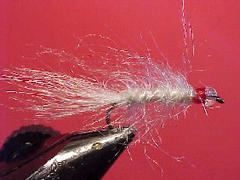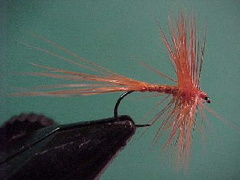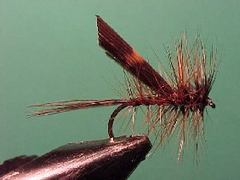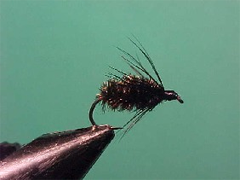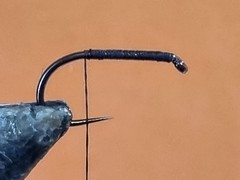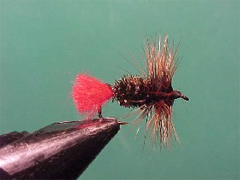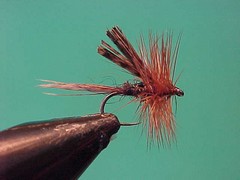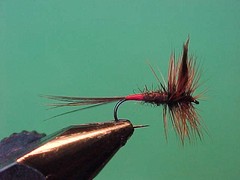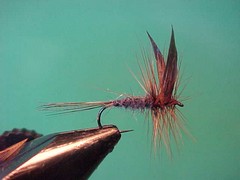Bead heads – adding weight or eyes to a fly
Whilst beads used in fly tying are made from a variety of materials. There are basically two types. The first are beads that we use in fly tying that were designed for other purposes such as jewelry beads. Then there are specifically designed fly tying beads that are quite different to beads manufactured for the jewelry industry in that most fly tying beads have a large opening at one end and a smaller opening at the other.

